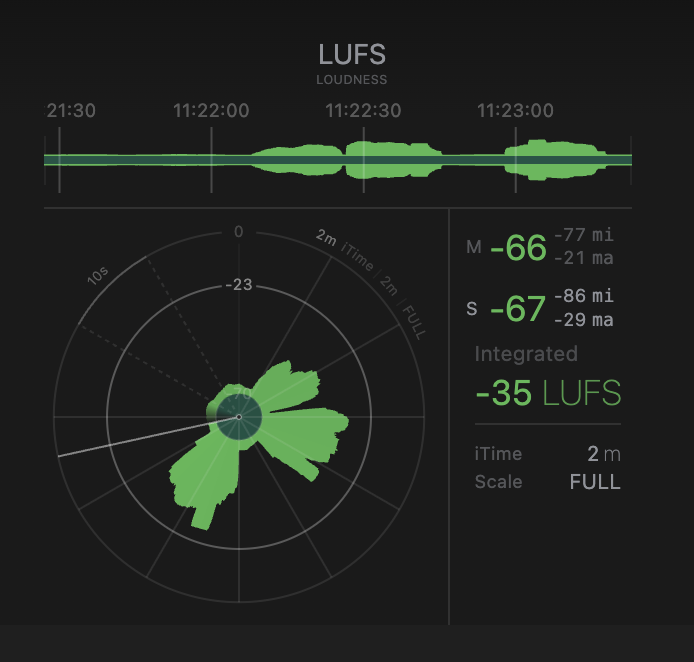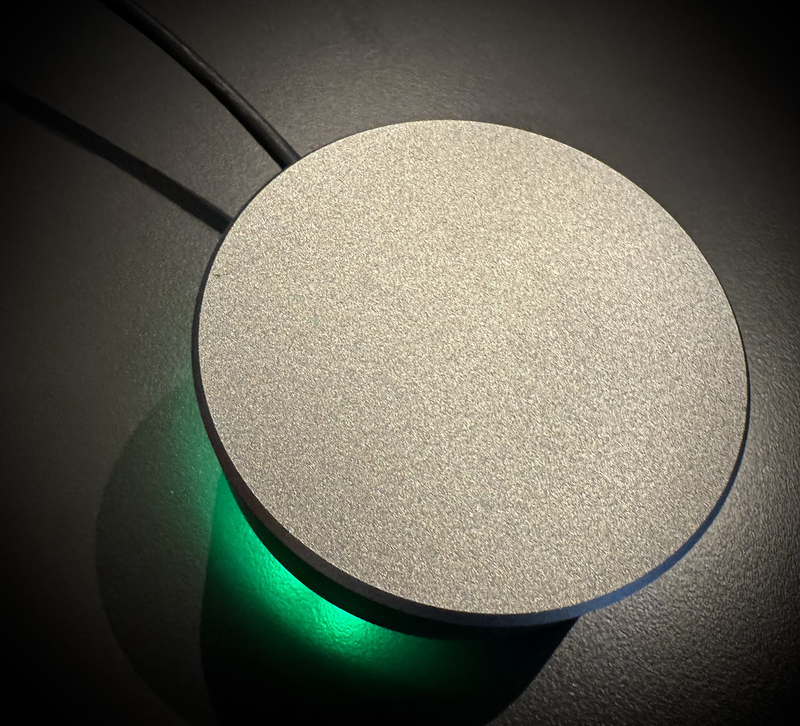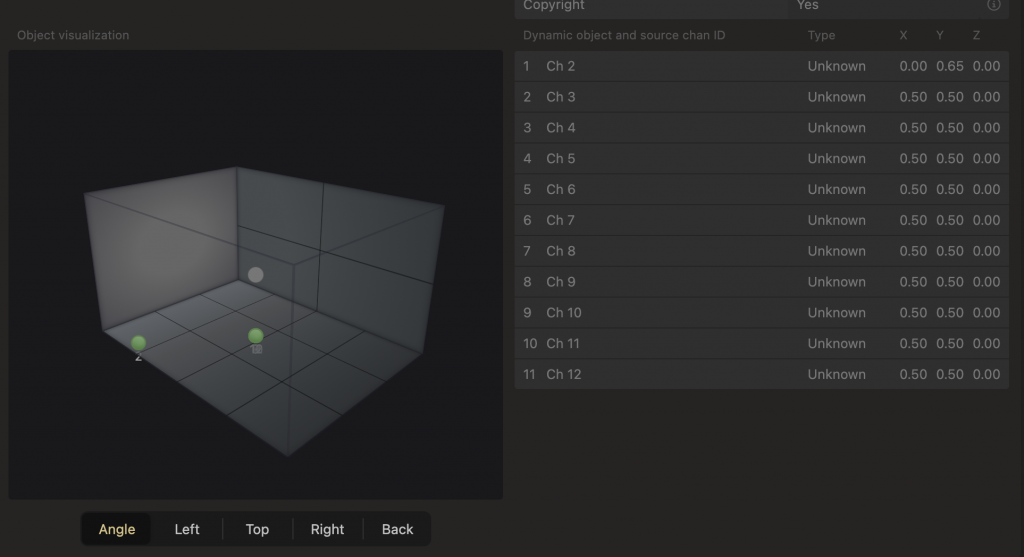Sound First: Why Audio Is the Anchor of Broadcast Success
July 31, 2025
…and how the VB440 Keeps It Tied Down
As seen in the May-August issue of PRODUCTION360.MEDIA
It’s a curious fact of modern broadcasting: audiences are surprisingly forgiving when it comes to video. A momentary blur, a buffering wheel – even the occasional frozen frame – most viewers will let it slide. Not ideal. But not necessarily a deal-breaker.
But sound? Sound is sacred.
Audio hiccups – out-of-sync dialogue, muffled commentary, ear-straining ambience – are among the top reasons viewers switch channels or shut down a stream altogether. In a world of endless content choice and near-zero switching cost, that’s not just a momentary glitch. It’s a lost audience. A lost customer.
Which makes it all the more remarkable that, for years, audio has often played second fiddle in production environments. Complex, temperamental, and technically demanding, it’s been something of a dark art – not due to lack of care, but lack of the right tools. This is particularly true in the live production space, where compressed timelines, distributed teams and increasingly immersive formats all conspire to make flawless audio delivery a major engineering and creative feat.
It’s a challenge Bridge Technologies has long recognised – and embraced. In fact, audio is in Bridge’s DNA. Many members of the founding team hail from pro-audio backgrounds, and that pedigree has shaped a development ethos built not only around robust network engineering, but also around supporting the creative precision of the audio professionals who hold the audience’s emotional connection in their hands – or rather, their ears.

Picture: Loudness meter with start/stop recording duration and scaling of time from 10 sec to 30 min
That ethos is embodied most clearly in the VB440: Bridge’s flagship production tool and the heart of modern IP broadcast workflows. While the VB440 is renowned for its visual scopes, HDR previews, and deep packet analytics, it’s in the audio domain that its latest advancements shine. Designed to eliminate hardware sprawl while multiplying insight, the VB440 replicates and enhances a whole suite of dedicated tools – all through one appliance, accessible remotely by up to eight users via a browser.
And in audio? It’s quietly rewriting the rulebook.
Start with monitoring. The VB440 supports practically unlimited audio flows per service, each with up to 64 channels. These can be configured into any grouping – mono, stereo, immersive 7.1.4, and beyond – with full support for Dolby® standards, including Dolby Atmos®. Visual tools include LUFS metering, gonio phase analysis, room meters, and now, both multichannel downmixes for stereo headphone listening, along with individual channel soloing for hyper-focused audio dissection – essential when issues arise mid-broadcast. And it all plays directly through your browser. No external gear needed. Moreover, the VB440’s new audio control panel lets users toggle audio on/off and preview audio live – even while juggling video scopes and network metrics.
Kit reduction remains the name of the game with the VB440’s signal generation feature. Need to test an entire setup from scratch? With signal generation across both video and audio domains, engineers can generate 64 channels of audio – including Blits, Glits, tones and more, and test the entire chain without unpacking a single piece of kit. It’s an immense time-saver for remote production teams under pressure. And with its coming speaker control, users can manage AES67-based speaker setups (up to 9.1.4) directly from the probe, eliminating the need for intermediary control devices and reducing the usual nest of cables, rack units and specialist hardware.

Picture: Tactile volume control with an elegant aluminum PoE controller, with LED indicators of volume
Critically, the VB440 isn’t just about capability – it’s about synchronisation. With immersive audio becoming standard across high-end live productions, synchronising sound and vision is essential. Traditional sync methods rely on packet timing or manual correction – approaches that falter under live conditions. The VB440 addresses this with a new AV sync generator solution that embeds synchronisation data into both audio and video content. This allows real-time, visual-led detection and correction of sync issues, drastically reducing latency, drift and delay – and doing so at the content level, not just the packet layer.
The VB440 also leads the way in Next Generation Audio monitoring, with recent updates incorporating support for SMPTE 2110-31 and 2110-41. This enables the VB440 to monitor immersive audio metadata alongside live audio streams – a game-changer for live productions relying on SADM rather than traditional ADM files. Crucially, it doesn’t just detect issues – it anticipates them. Thanks to Bridge Technologies’ renowned network insight capabilities, the VB440 can identify packet anomalies that signal downstream sync risks, enabling proactive intervention before a single note goes awry.

Picture: Monitoring of Dolby Atmos® for the effective transmission of immersive audio
So, where does this leave us?
It leaves us with a product that’s not just reacting to industry demands – it’s helping shape them. This can be seen in part through Bridge’s commitment to wider industry standards and collaborative organisations, including RAVENNA. RAVENNA’s open standard ensures seamless integration with existing IP networks and full AES67/SMPTE ST 2110 compatibility and addresses the growing demand for simplified, scalable audio transport across production facilities. As members, Bridge can contribute as a crucial part of the wider conversation in the industry.
Why?
Because in the end, it’s not just about what the audience sees.
It’s about what they hear. And what they remember.